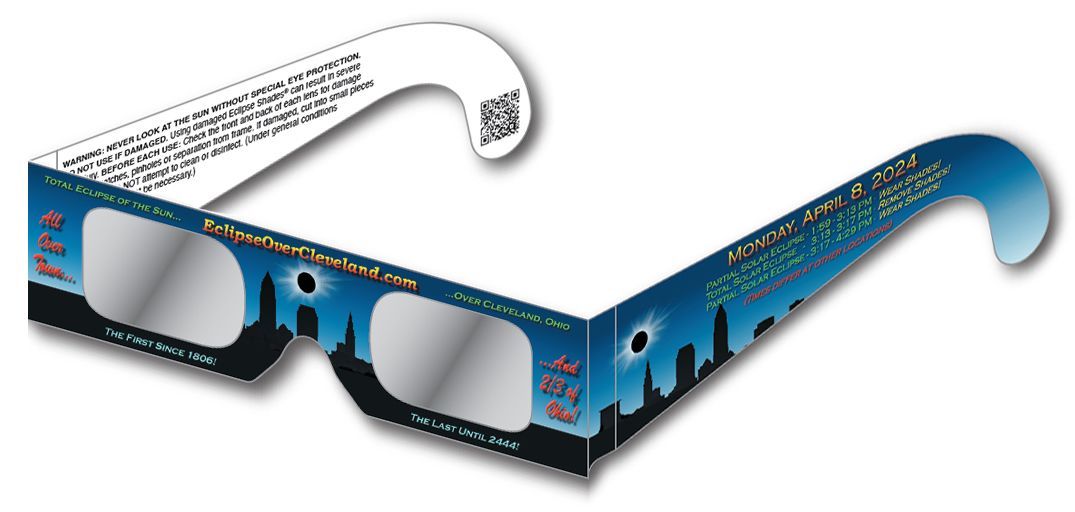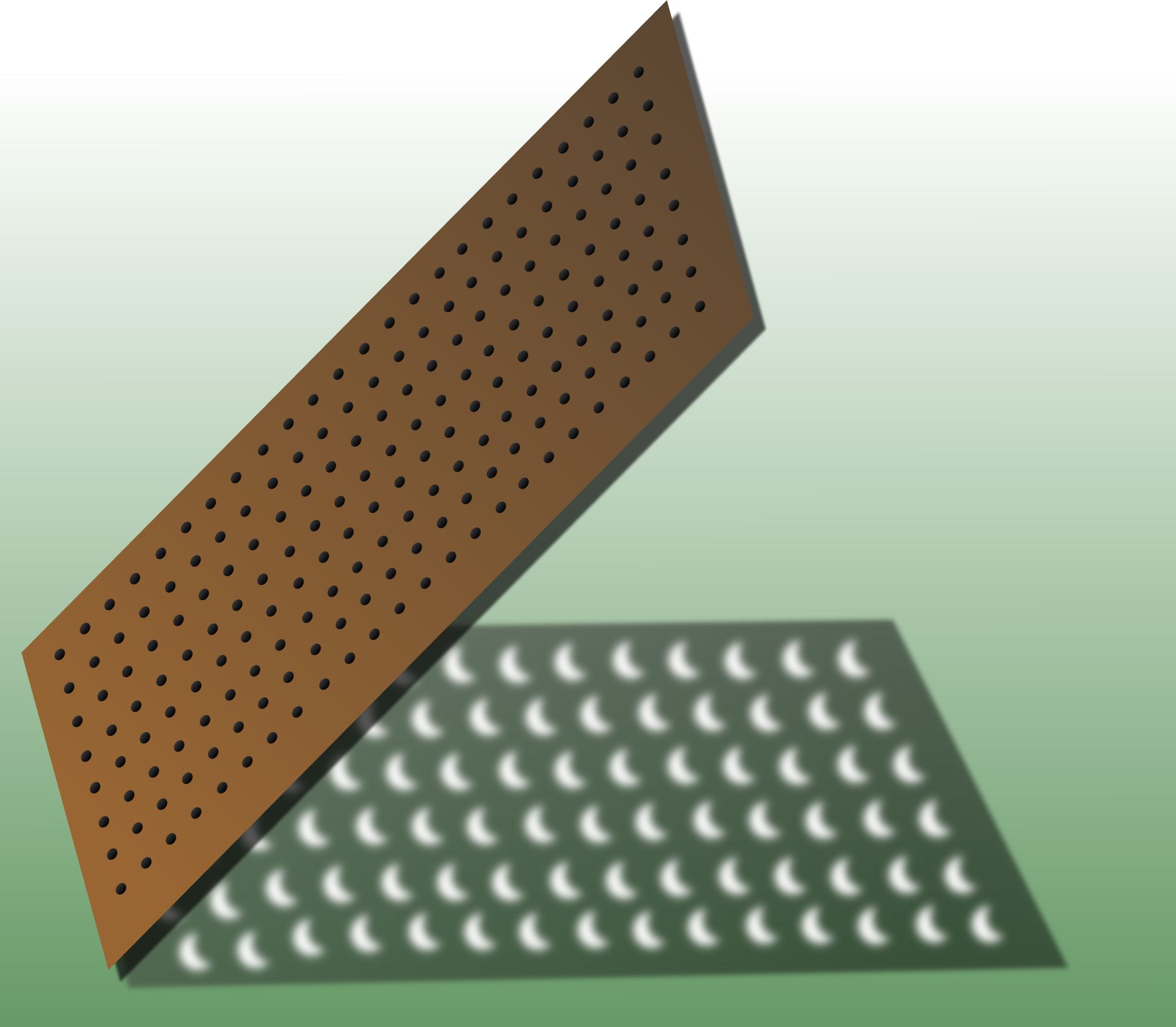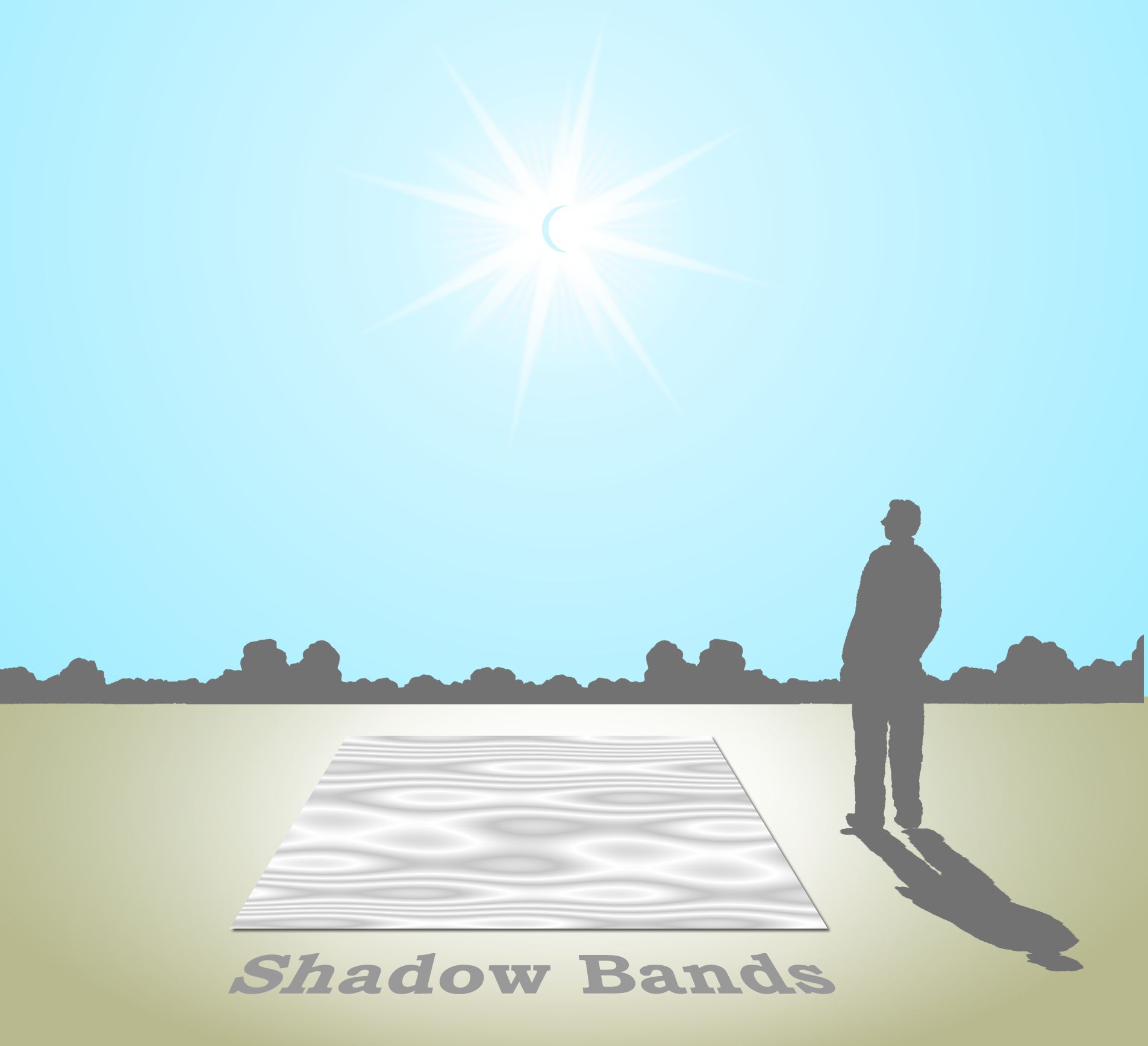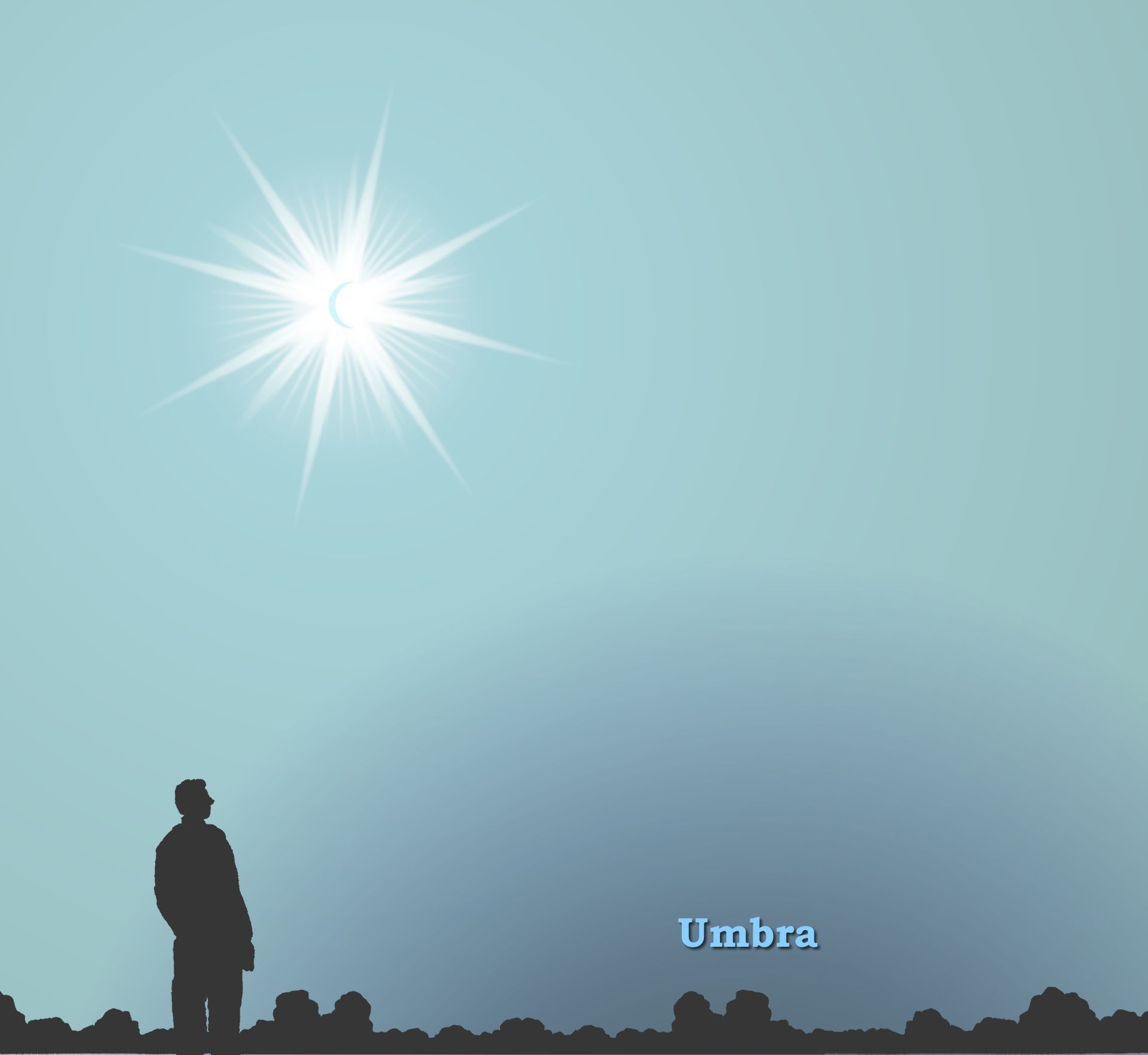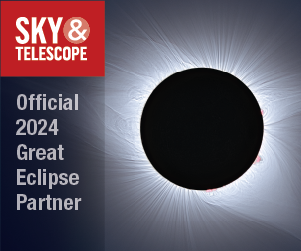Solar
prominences
can be seen emanating from the chromosphere. These are solar storms larger than the Earth, extending outwards from the surface of the Sun. Soon the chromosphere vanishes, covered over by the ever-advancing edge of the Moon.
The horizon is encircled by
eclipse twilight, 360 degrees of dusky light representing the sunlit sky from areas many miles away, beyond the path of totality. In the first moments after the umbra falls over the land, the sky is still bright to the northeast, downstream along the path. At first the eclipse twilight is uneven, lopsided. It evens out over the short span of totality and becomes perfectly level along the horizon at mid-eclipse.
The sight of a total eclipse is a breathtaking, visceral, awe-inspiring experience for most observers. Emotional outbursts are common. Some scream and cry, while others are calm and contemplative. Some people experience a religious conversion.
The heavens declare the glory of God; and the firmament
sheweth his handywork. – Psalm 19:1
These are some of the adjectives people have used to offer their impressions of the totally eclipsed Sun:
"Surreal"... "Mind-Blowing"... "Spiritual"... "Terrifying"... "Mystical"... "Alien"... "Holy"... "Transcendental"... "Astonishing"... "Otherworldly"... "Sacred"....
In ancient history, a total solar eclipse interrupted a battle between the Medes and the Lydians in 585 B.C. in modern-day Turkey. As reported by the Greek historian Herodotus:
…just as the battle was growing warm, day was on a sudden changed into night…. The Medes and Lydians, when they observed the change, ceased fighting, and were alike anxious to have terms of peace agreed on.

